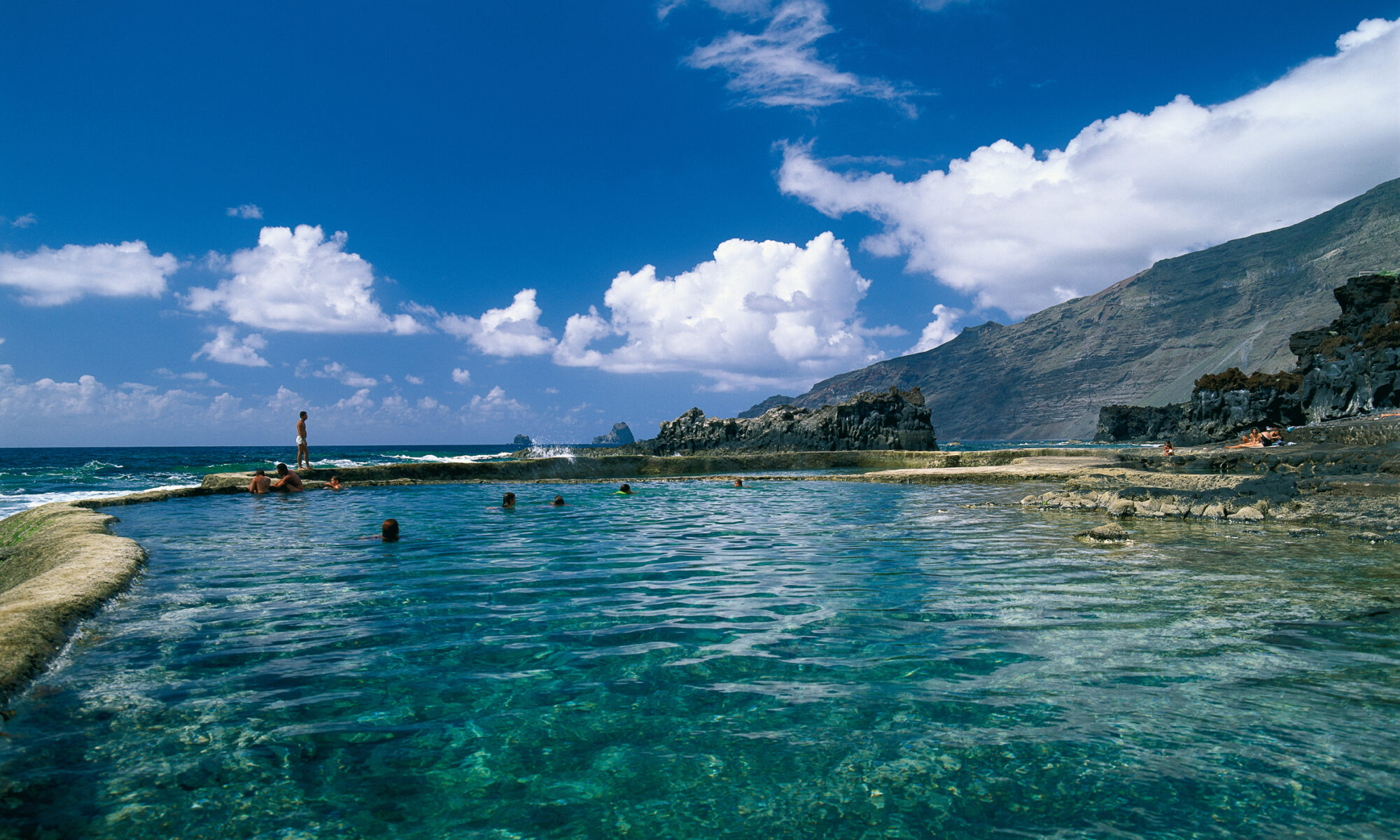The Canary Islands are a Spanish archipelago in the Atlantic Ocean, just off Morocco in North Africa. Formed by volcanic eruptions and shaped by hot desert winds, they are comprised of 7 main islands. When powerful seismic forces lifted these islands out of the ocean millions of years ago, they sculpted landscapes of unimaginable beauty.
So spectacular are the Canary Islands that for centuries, it was believed that this archipelago formed the peaks of the legendary lost city of Atlantis.
Today, the Canary Islands are a magnet for sun seekers, beachcombers, and adventurers from all over the world.
The island of Fuerteventura
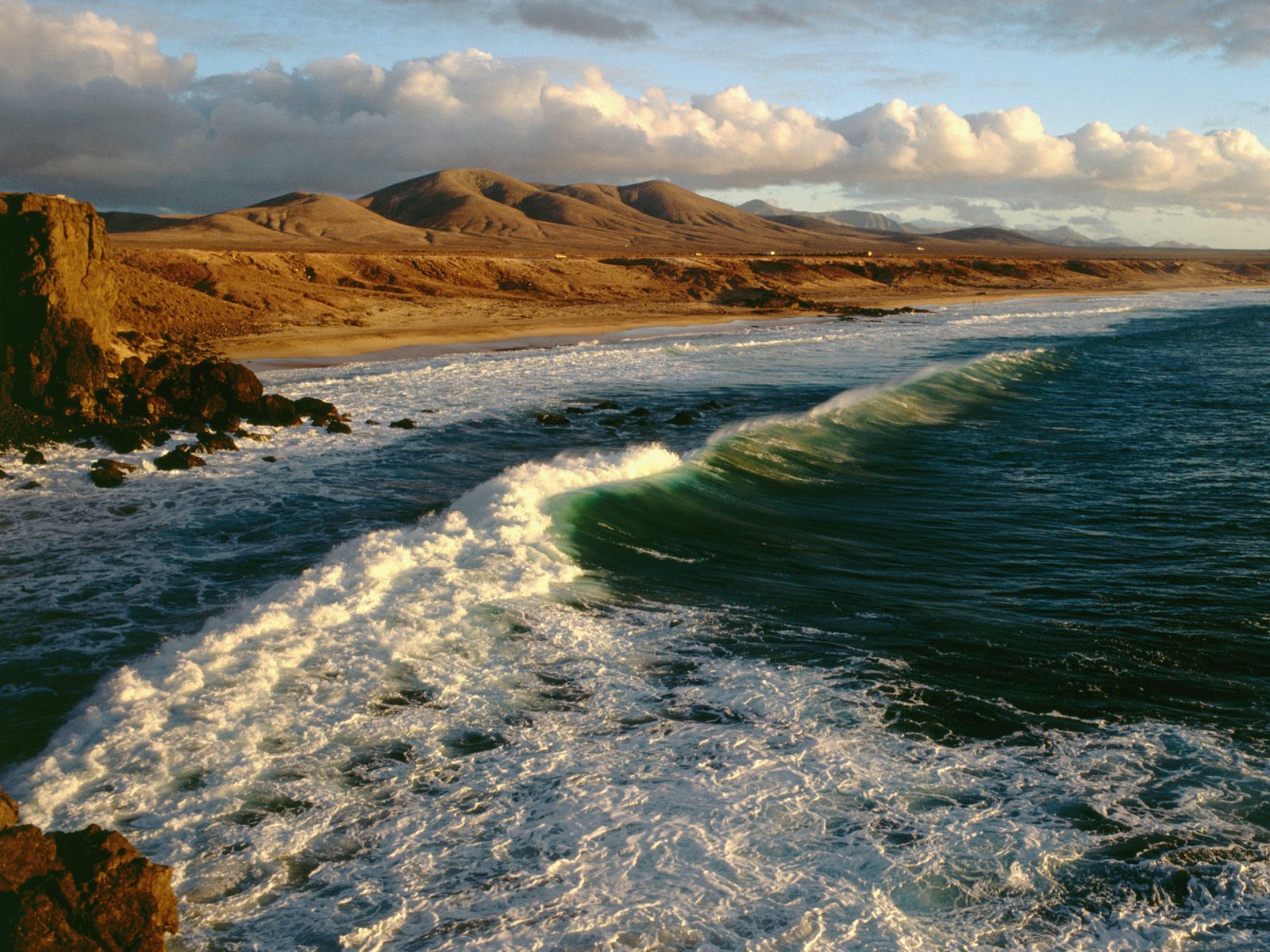
With, 160 miles of coastline, 150 beaches and a climate that feels like it is always spring, the island of Fuerteventura is a perfect place to start your exploration.
Corralejo
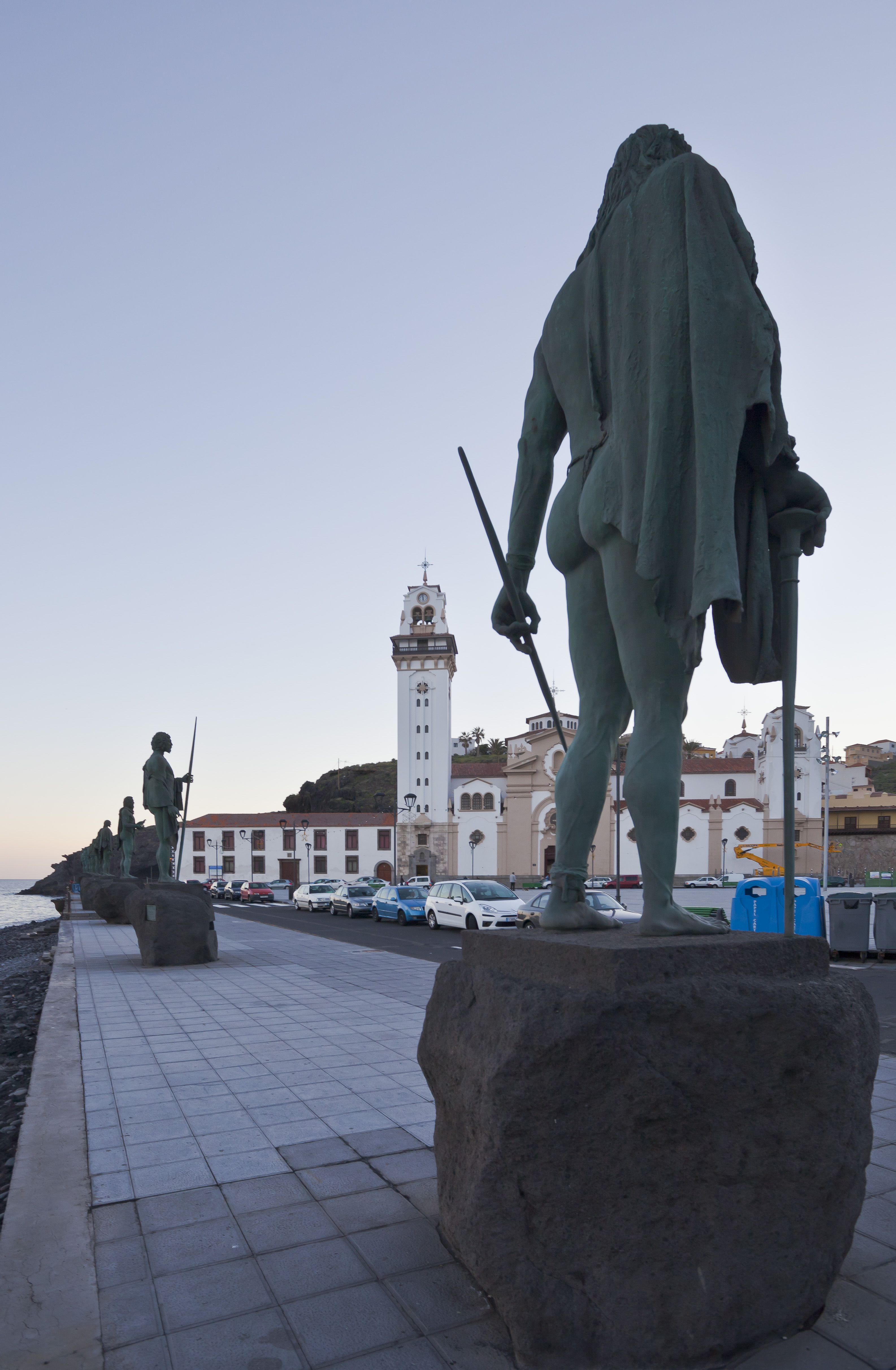
Head to Corralejo, once a small fishing village, now one of the island’s largest resort towns.
Corralejo Dunes National Park
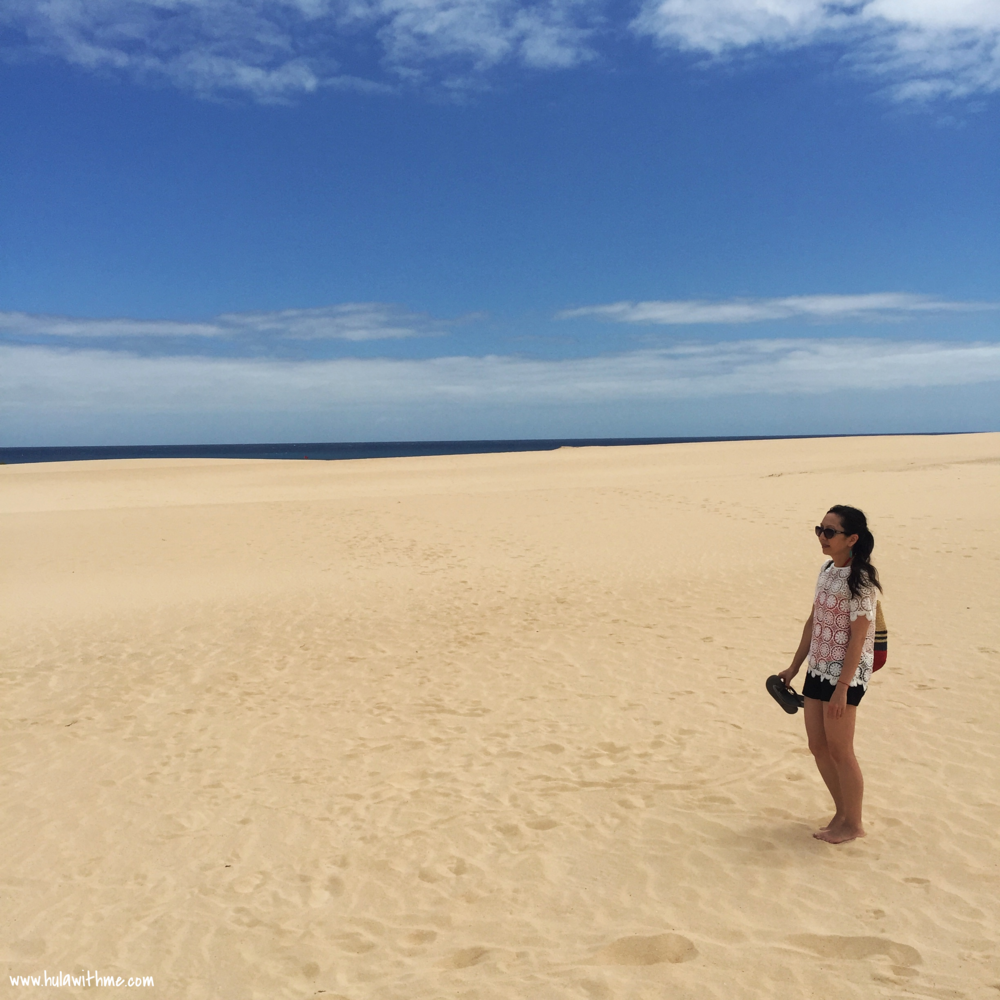
Just a short walk away is Corralejo Dunes National Park, with dunes that seem to stretch out forever.
Sotavento de Jandia Beach
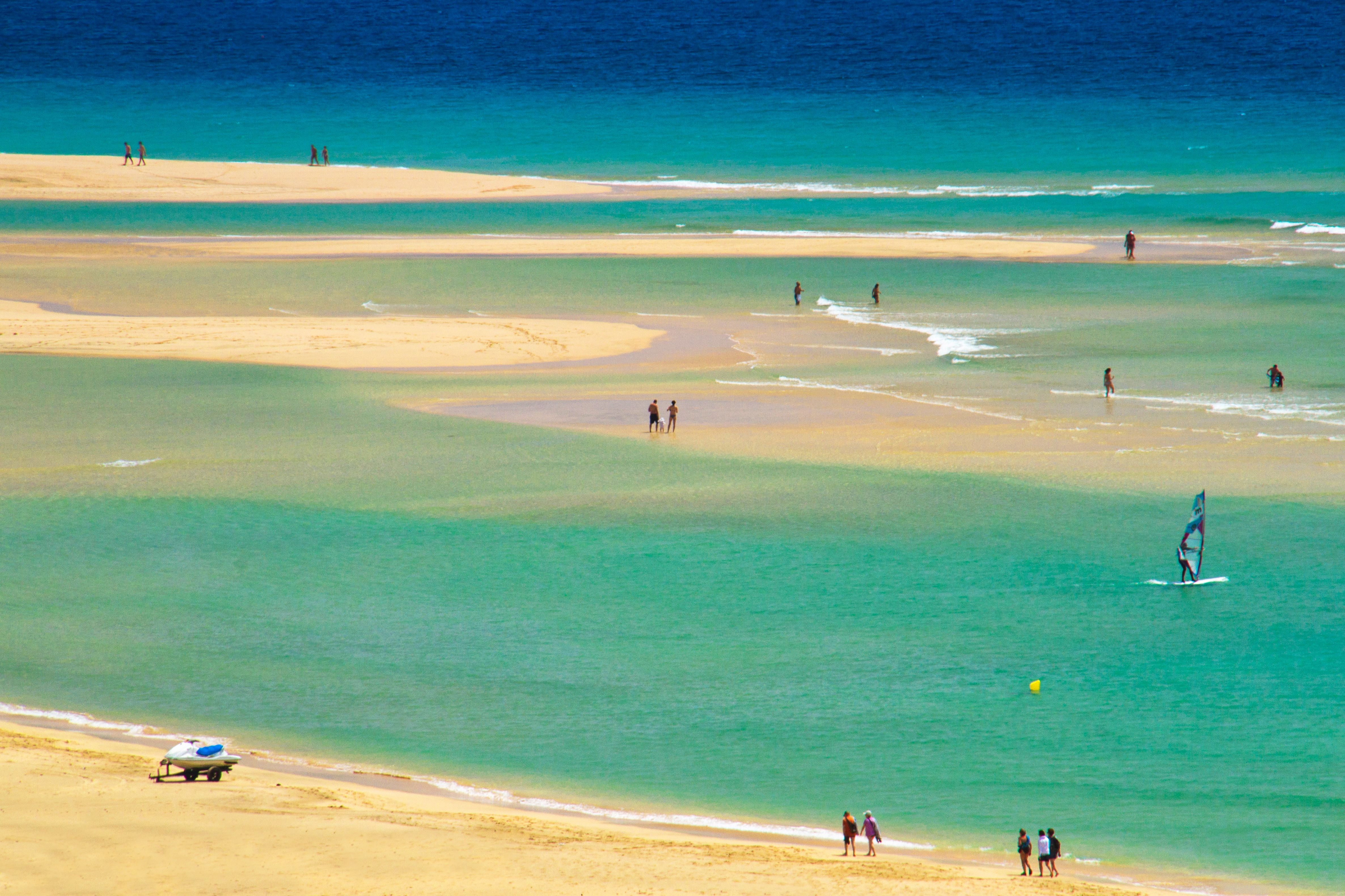
On the southern end of the island, Sotavento de Jandia Beach is famous for its turquoise waters and golden sands.
Ajuy Beach
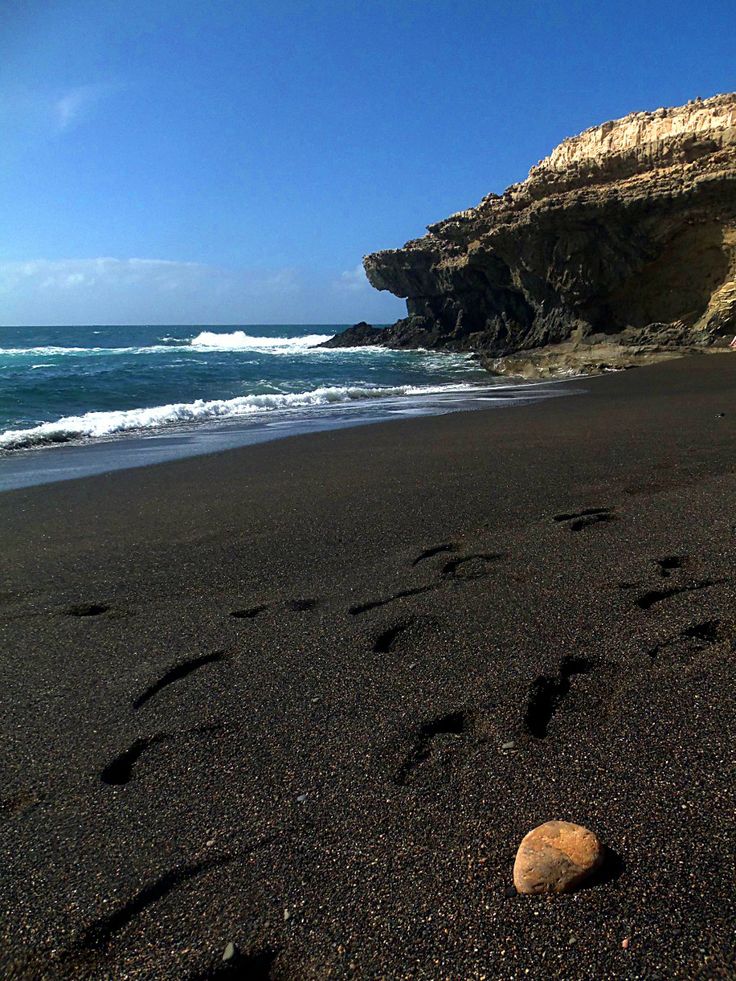
While Ajuy Beach has long drawn visitors west to its black sands.
These islands have long been renowned for their hospitality, so relax on a sun lounge or enjoy a seafood specialty at a local restaurant.
Mirador Morro Velosa
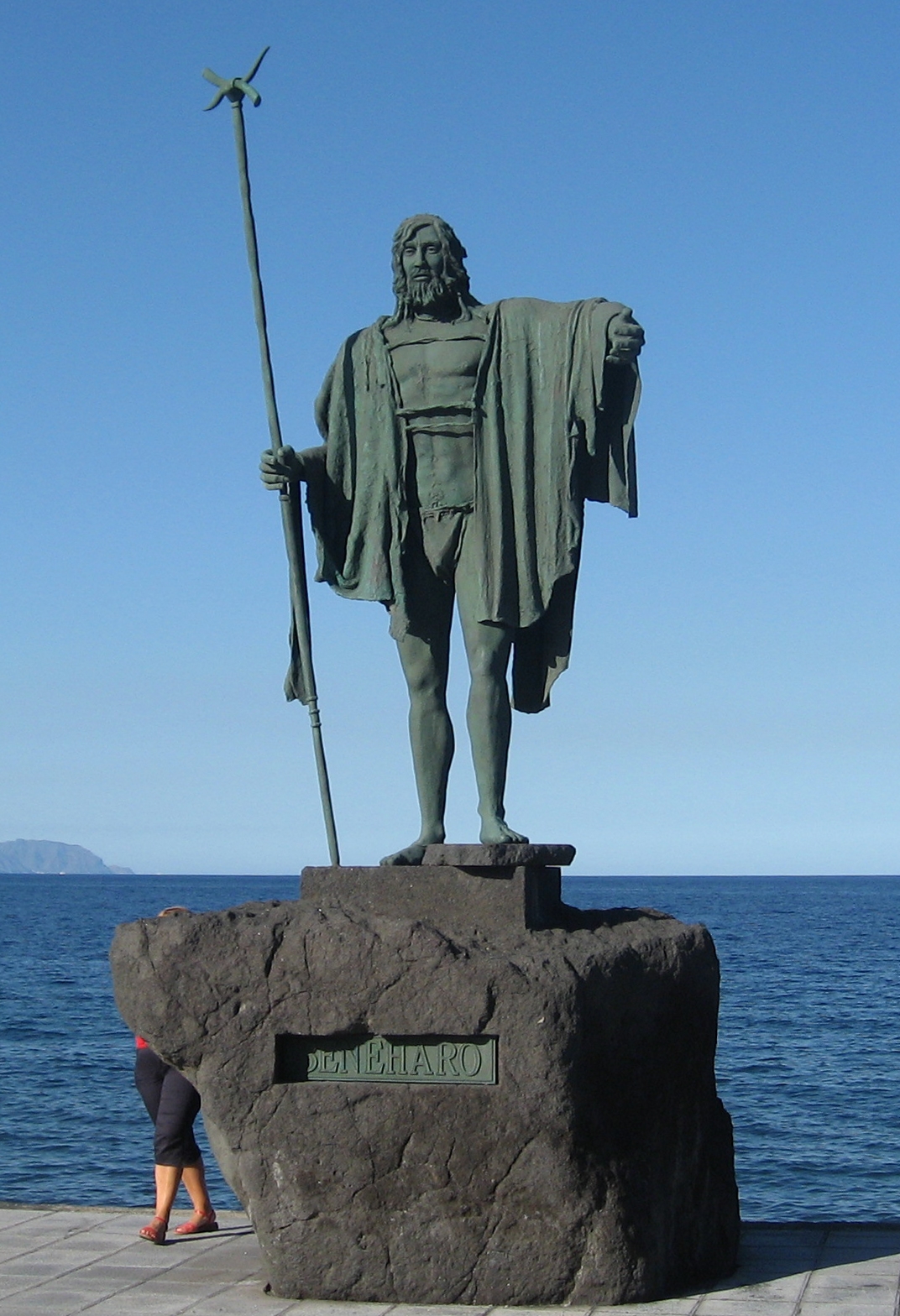
Beautiful beaches and picturesque villages are just some of the offerings in this land of wonders.
Brave twisting roads to admire the panoramic view over the island from Mirador Morro Velosa once thought to be the home of the Gods.
Gran Canaria
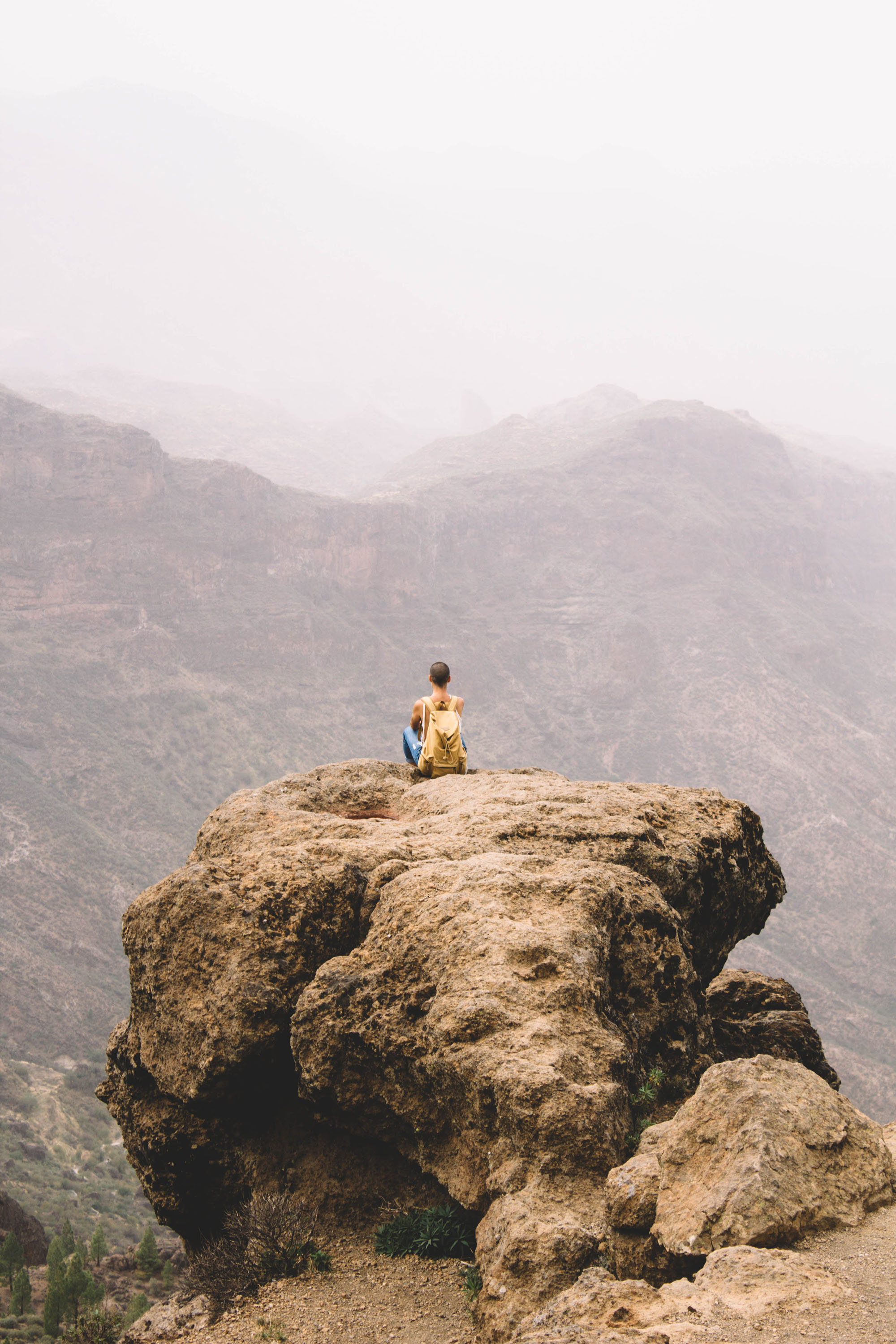
A short ferry ride to the west of Fuerteventura is Gran Canaria a place of ever-changing climates and vistas. This island abounds with otherworldly landscapes that have been inspiring visitors for centuries.
Pilancones Natural Park
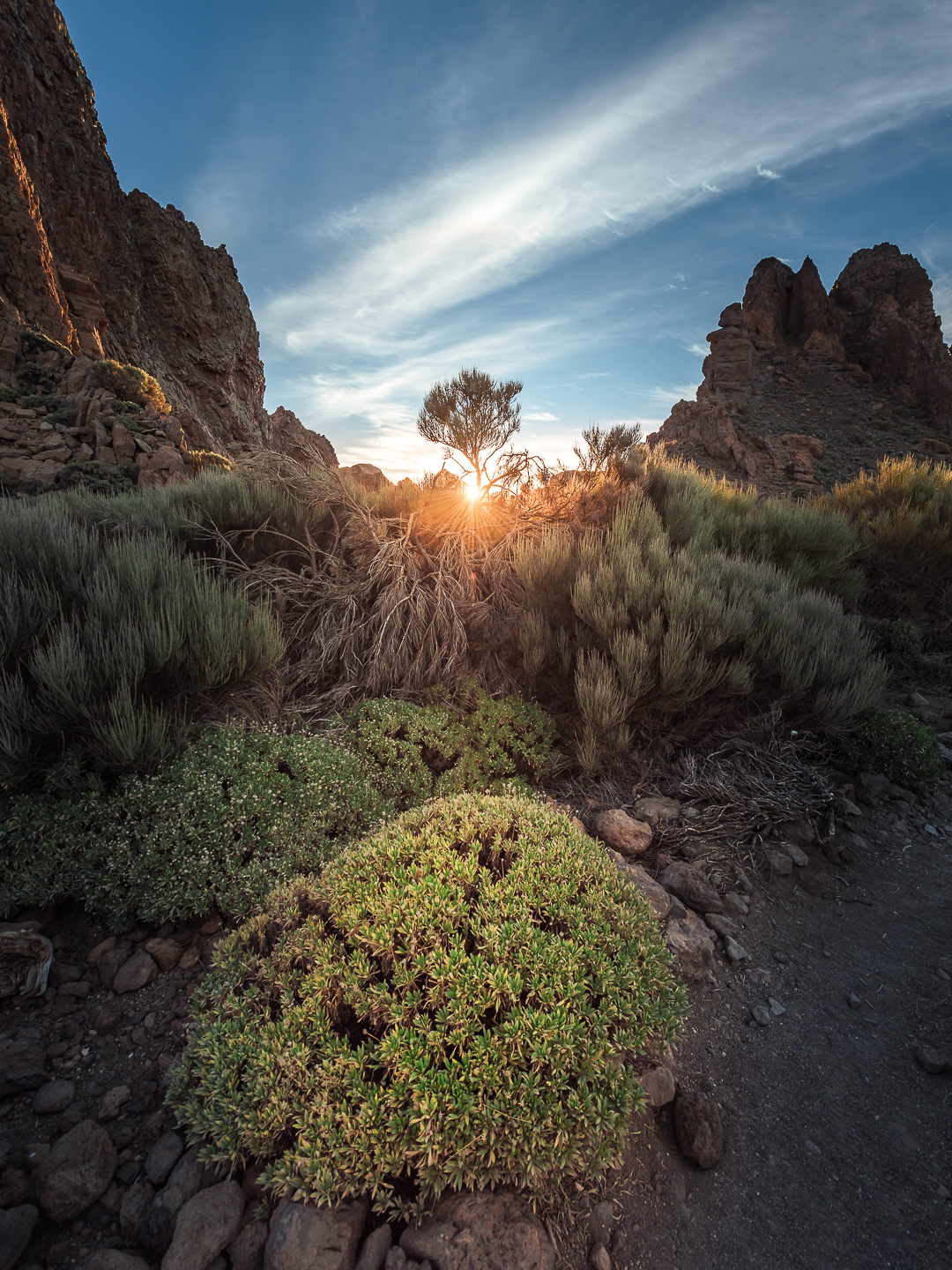
Take a hike to Pilancones Natural Park. The spectacular plateaus and cool ravines in this area are around 12 million years old.
The town of Agaete
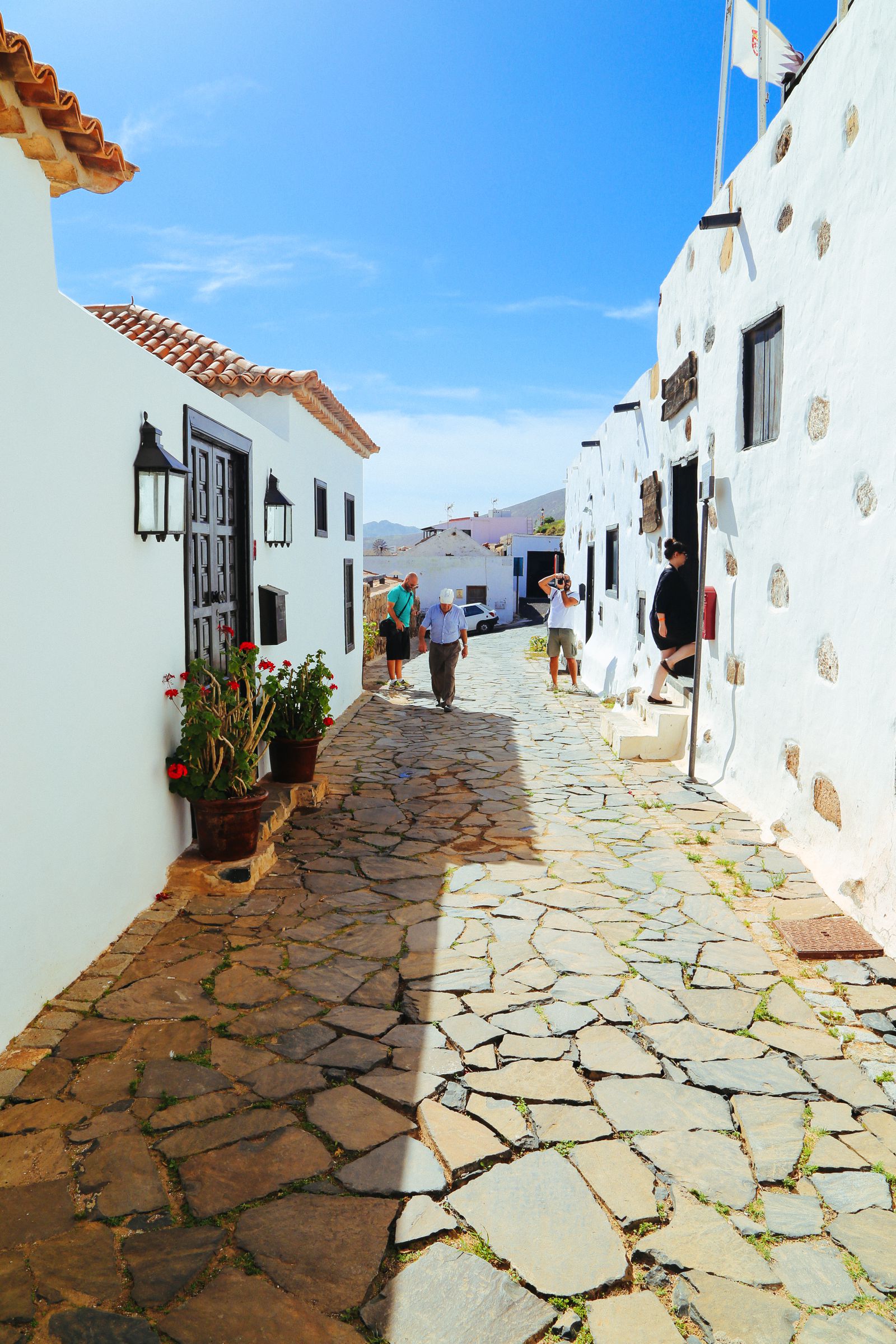
Visit the town of Agaete where volcanic cliffs plunge into the Atlantic Ocean.
Roque Nublo
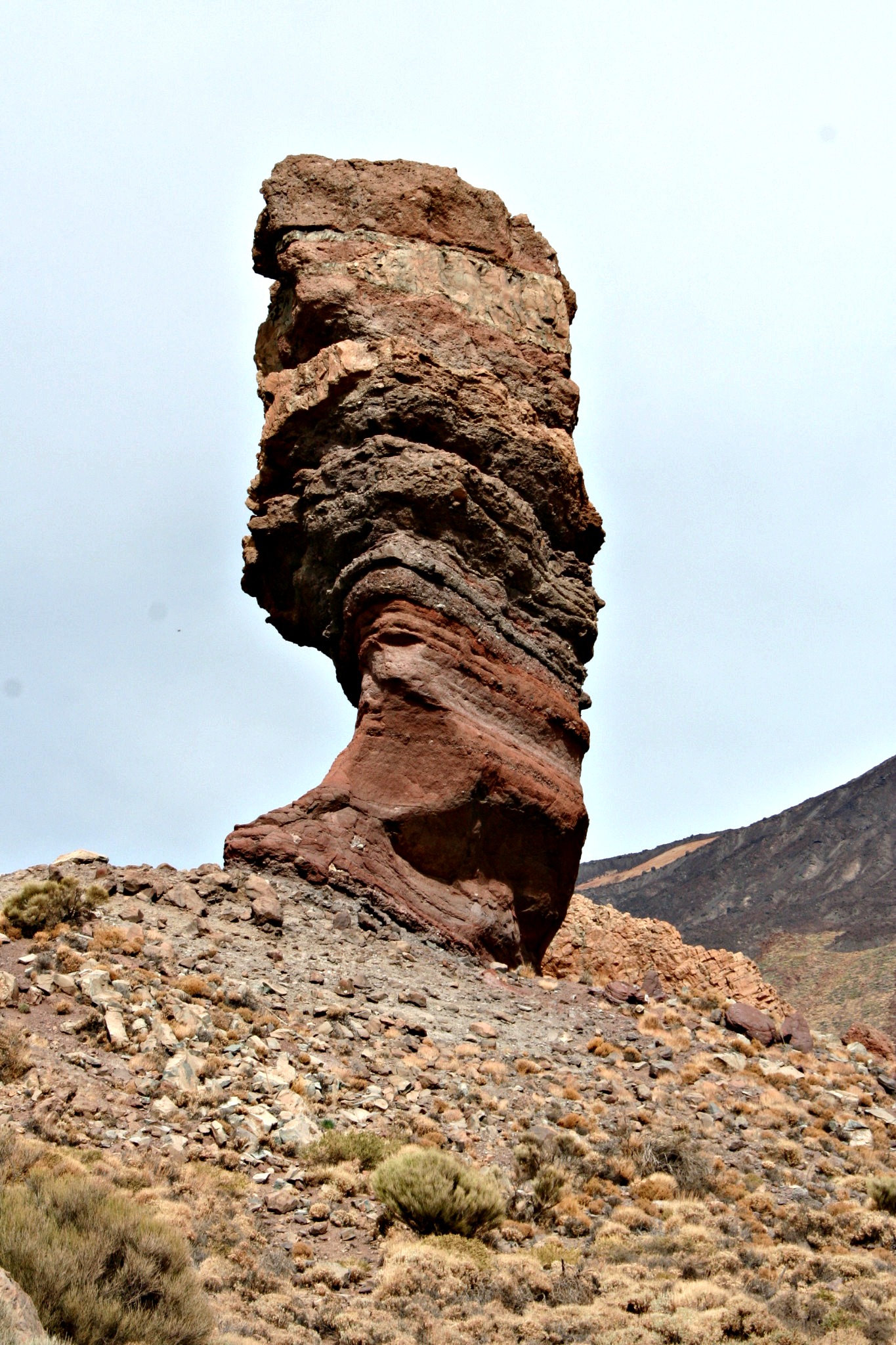
Take a drive to see the Roque Nublo, and the surrounding valleys, once described by a visiting Spanish philosopher as “a petrified storm”.
Amadores Beach and Caleta de Arriba
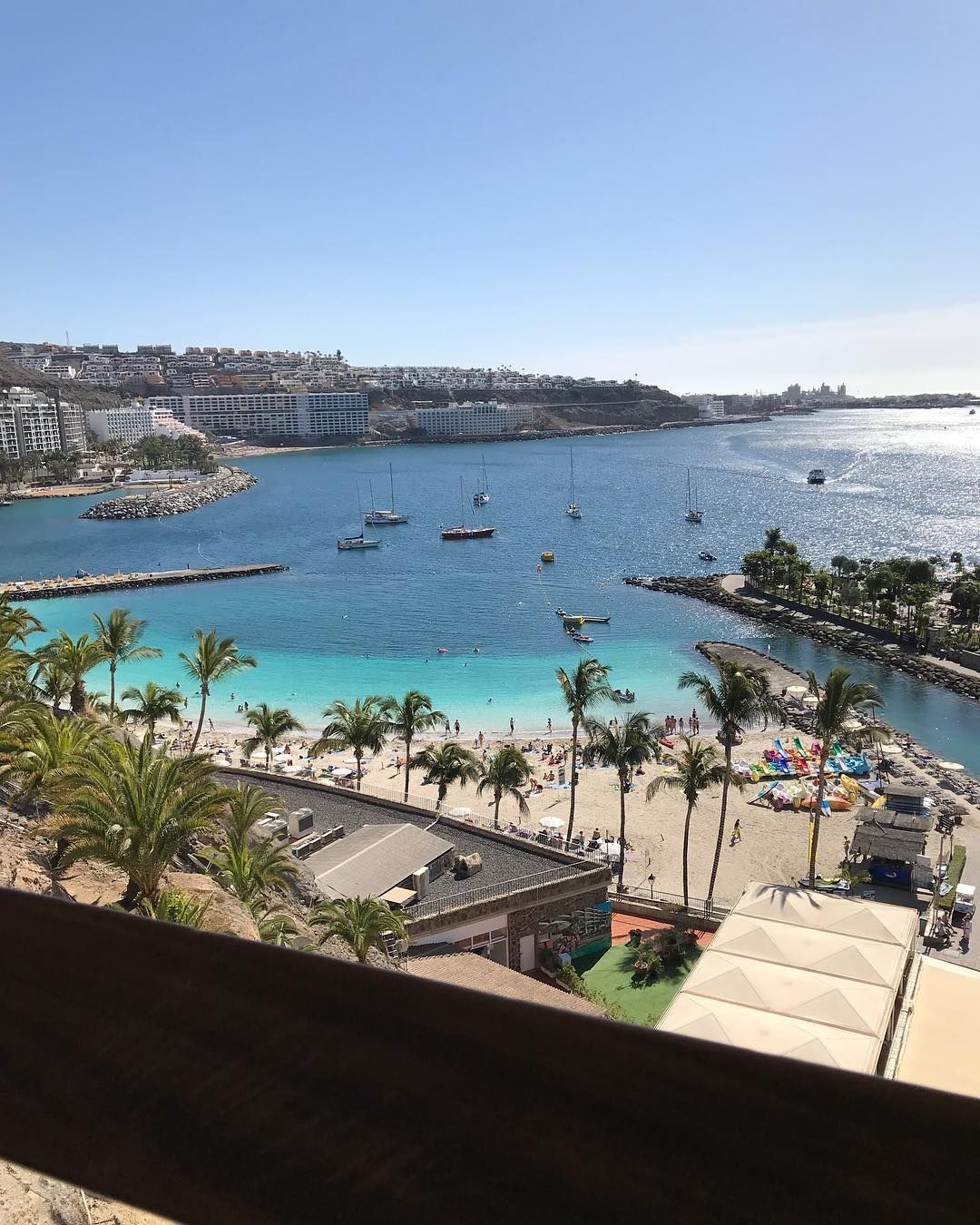
No matter where you go on the island, great beaches are never far away. Soak up the sun at Amadores Beach or hit the surf at Caleta de Arriba but be aware, at some beaches, clothing is optional.
The Cathedral of Santa Ana
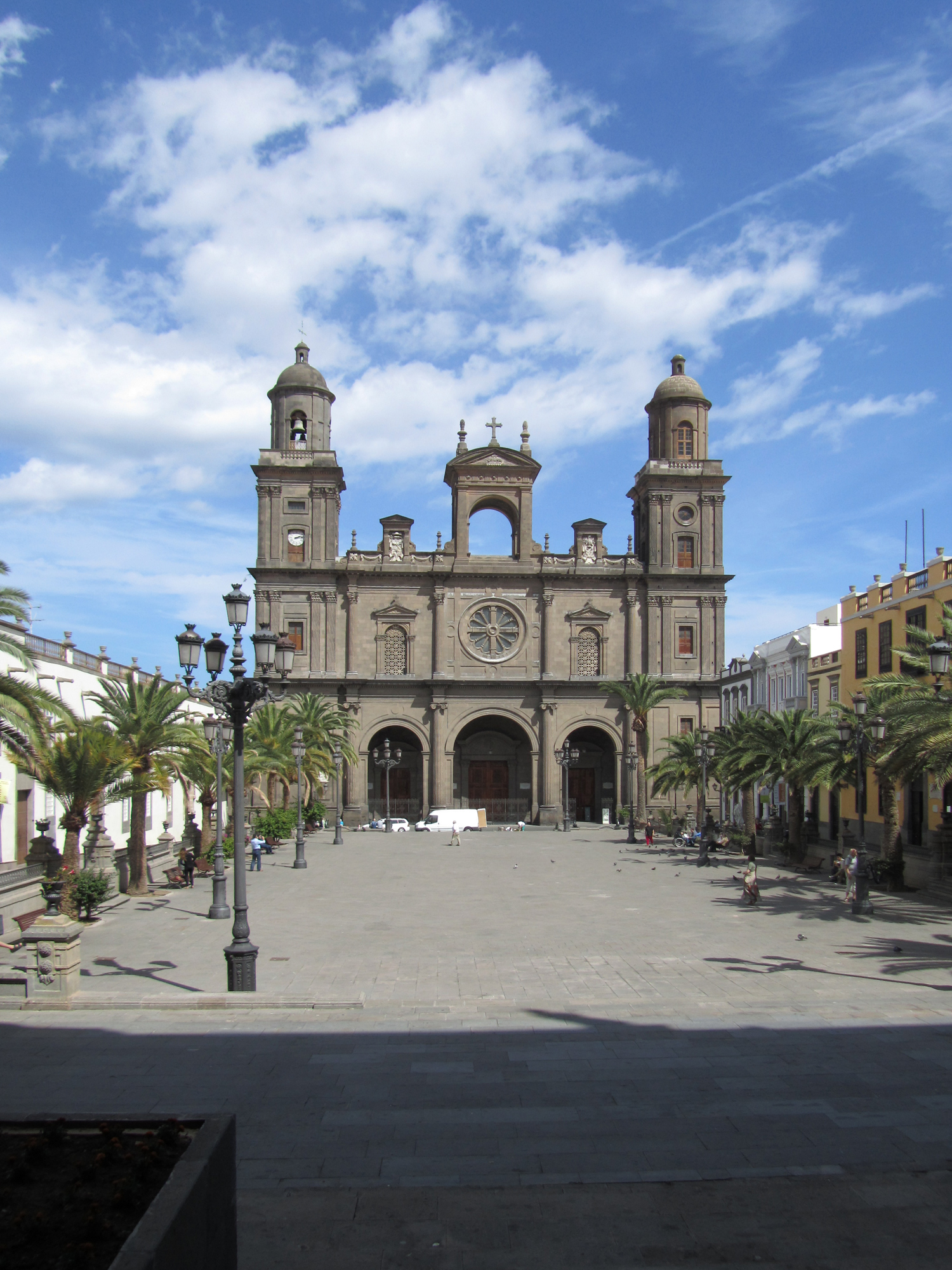
A port town since the Age of Discovery, Gran Canaria’s relaxed beachside capital city, Las Palmas de Gran Canaria has long been a cultural melting pot. Stroll the boulevard at Las Canters Beach or visit the Cathedral of Santa Ana labor of devotion that took 350 years to complete.
Tenerife
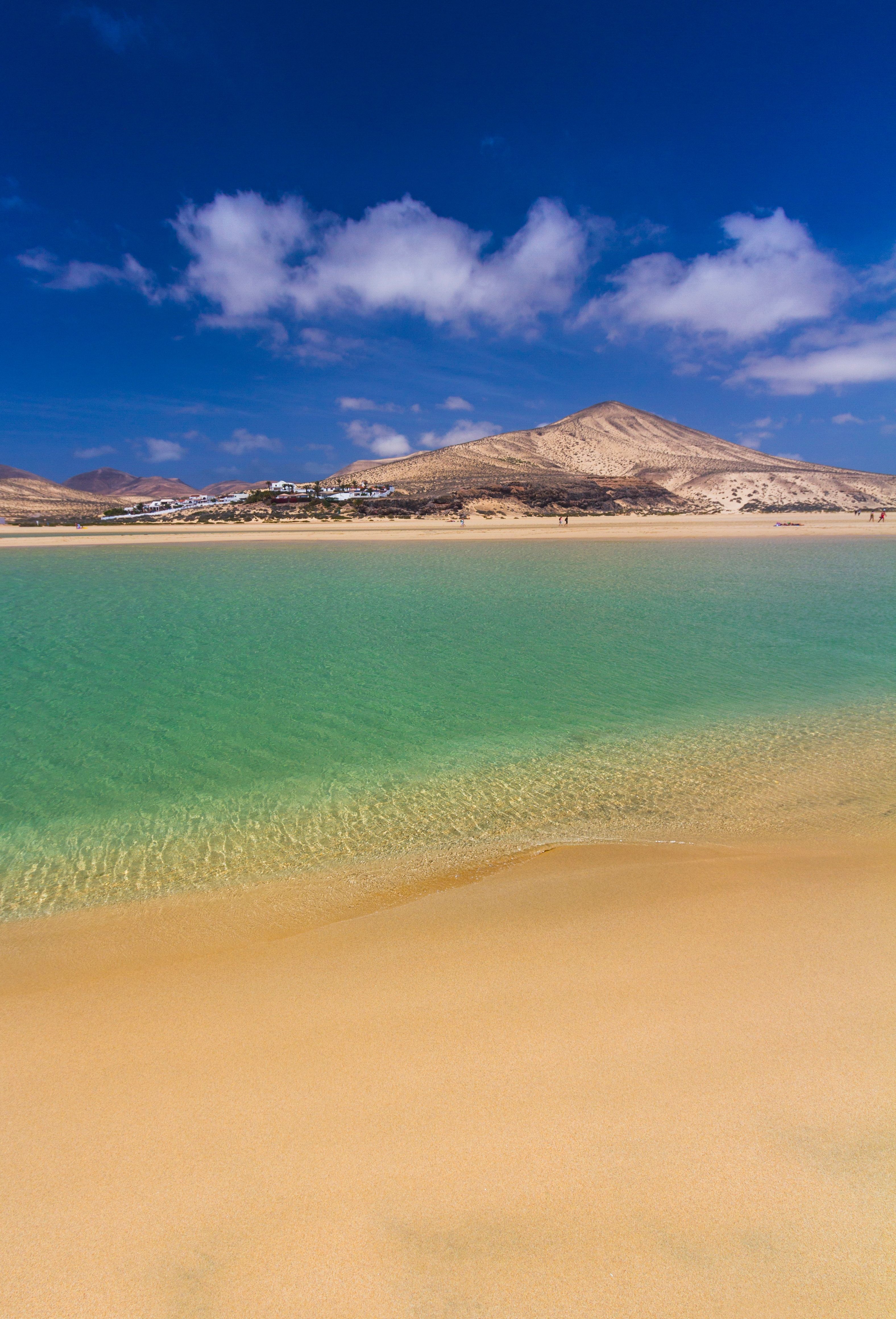
Tenerife, is the largest and busiest of the Canary Islands, receiving around 5 million visitors a year. Tenerife’s beaches come in many shades, from the golden sands of Las Americas Beach and Los Cristianos to the black sands of Jardín Beach.
The Siam Water Park
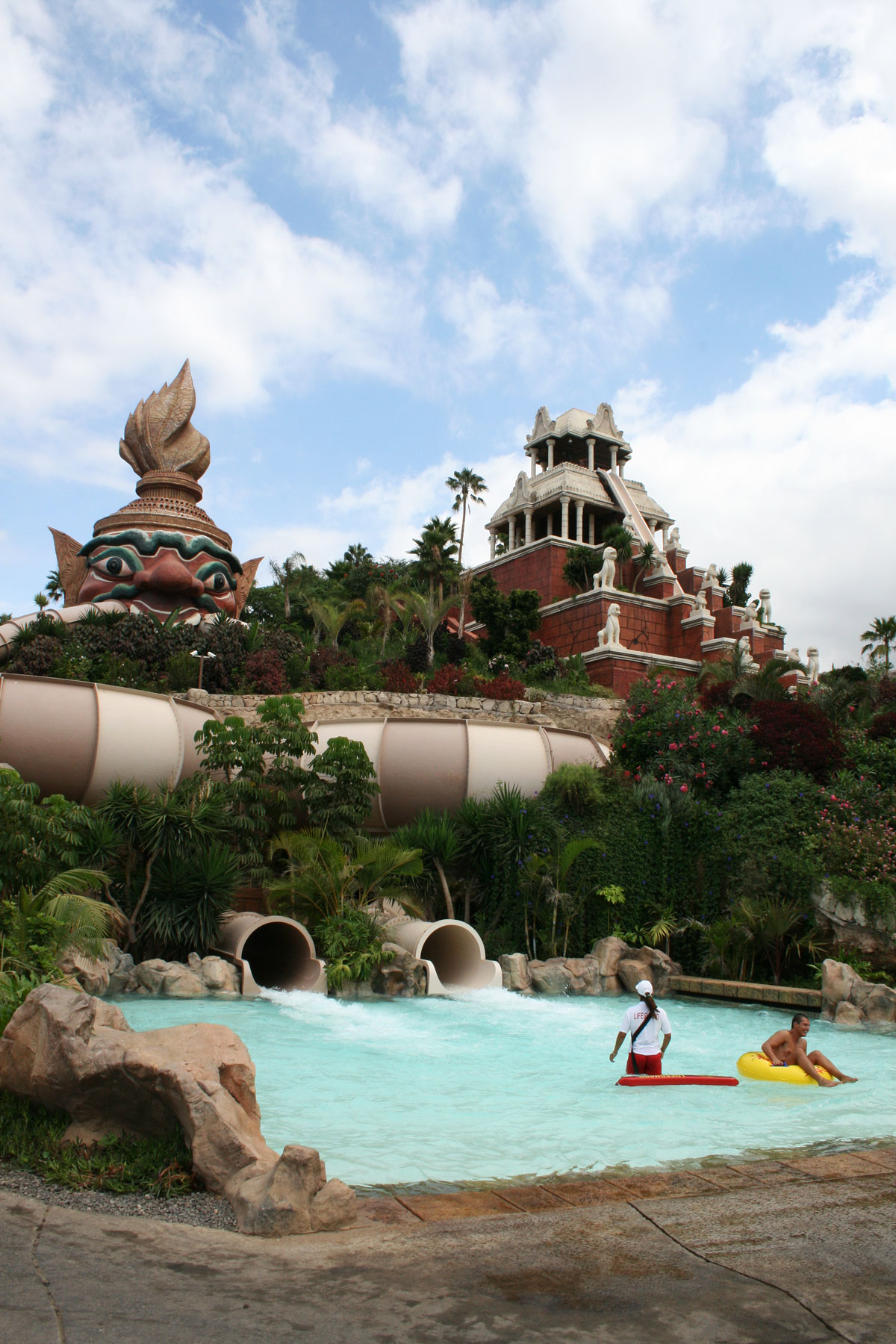
For water adventures of a different kind, head to the Siam Water Park. Hit the water slides or just relax in the lush environment of this enormous Thai-themed park.
Loro Parque

Or, make a splash at Loro Parque which has attracted more than 40 million visitors since opening in 1972.
The Auditorio de Tenerife Adán Martin

The island’s capital Santa Cruz de Tenerife is home to the Auditorio de Tenerife Adán Martin. The auditorium’s sail-like silhouette harks back to days when the islands were an important stopover for early adventurers such as Magellan and Christopher Columbus.
Icod de Los Vines
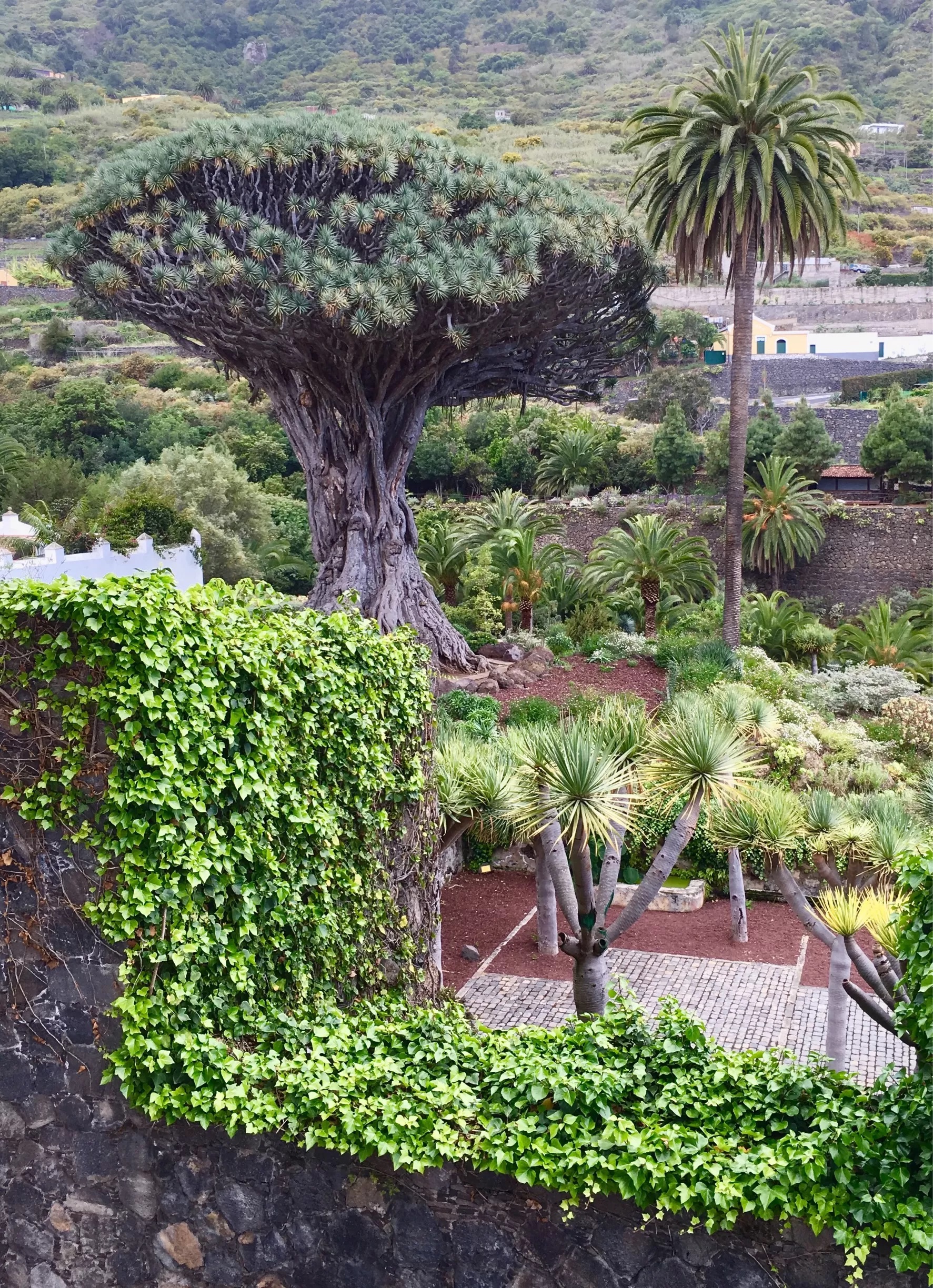
Experience the archipelago’s mythic past at Icod de Los Vines. Stand before the “Drago Milenario” a Dragon Tree, reputed to be more than 1000 years old.
Teide National Park
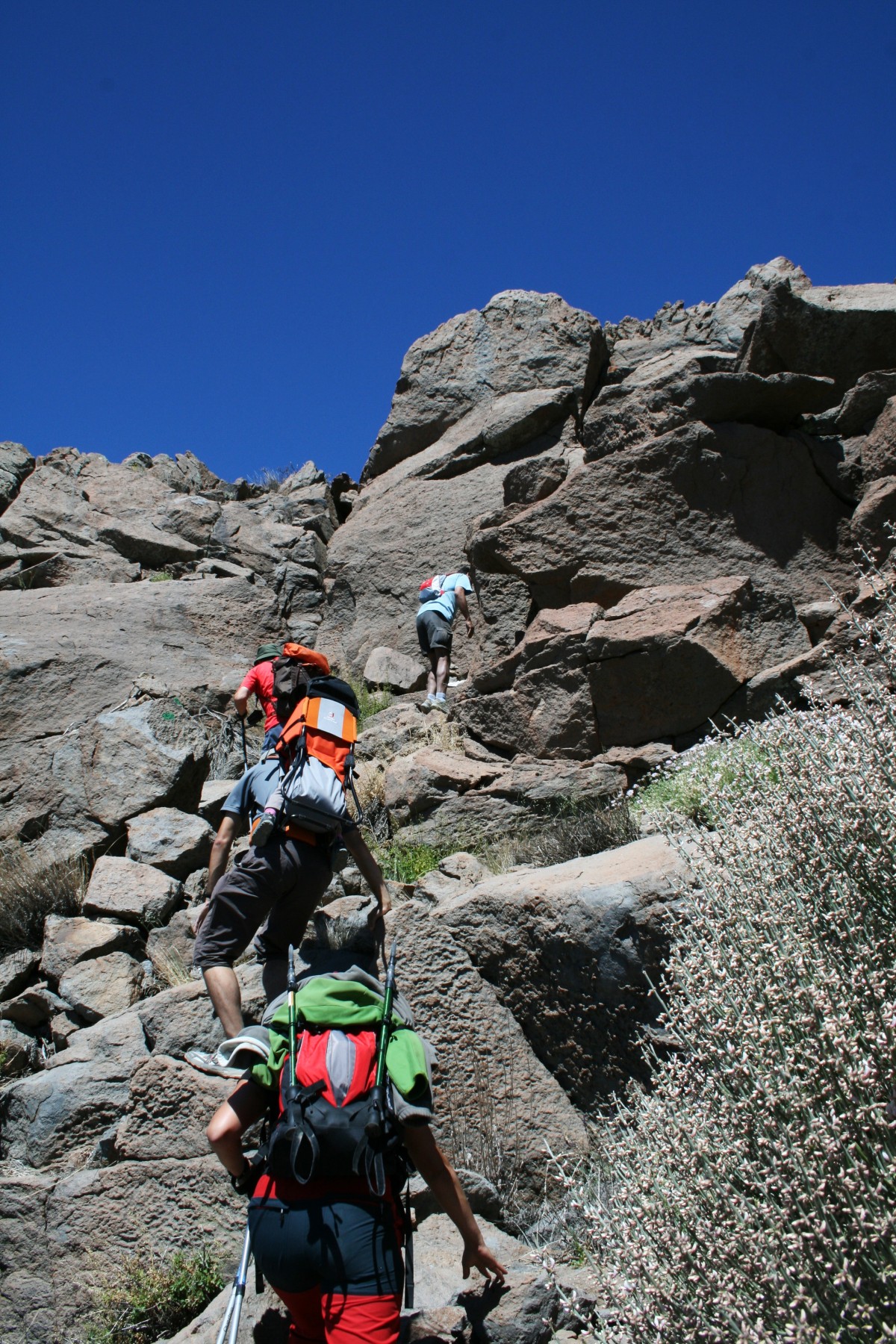
At Teide National Park, watch the sunset over El Teide, Spain’s highest mountain. It is easy to believe, as the island’s indigenous people did, that this magnificent mountain actually touches the sky.
Timanfaya National Park
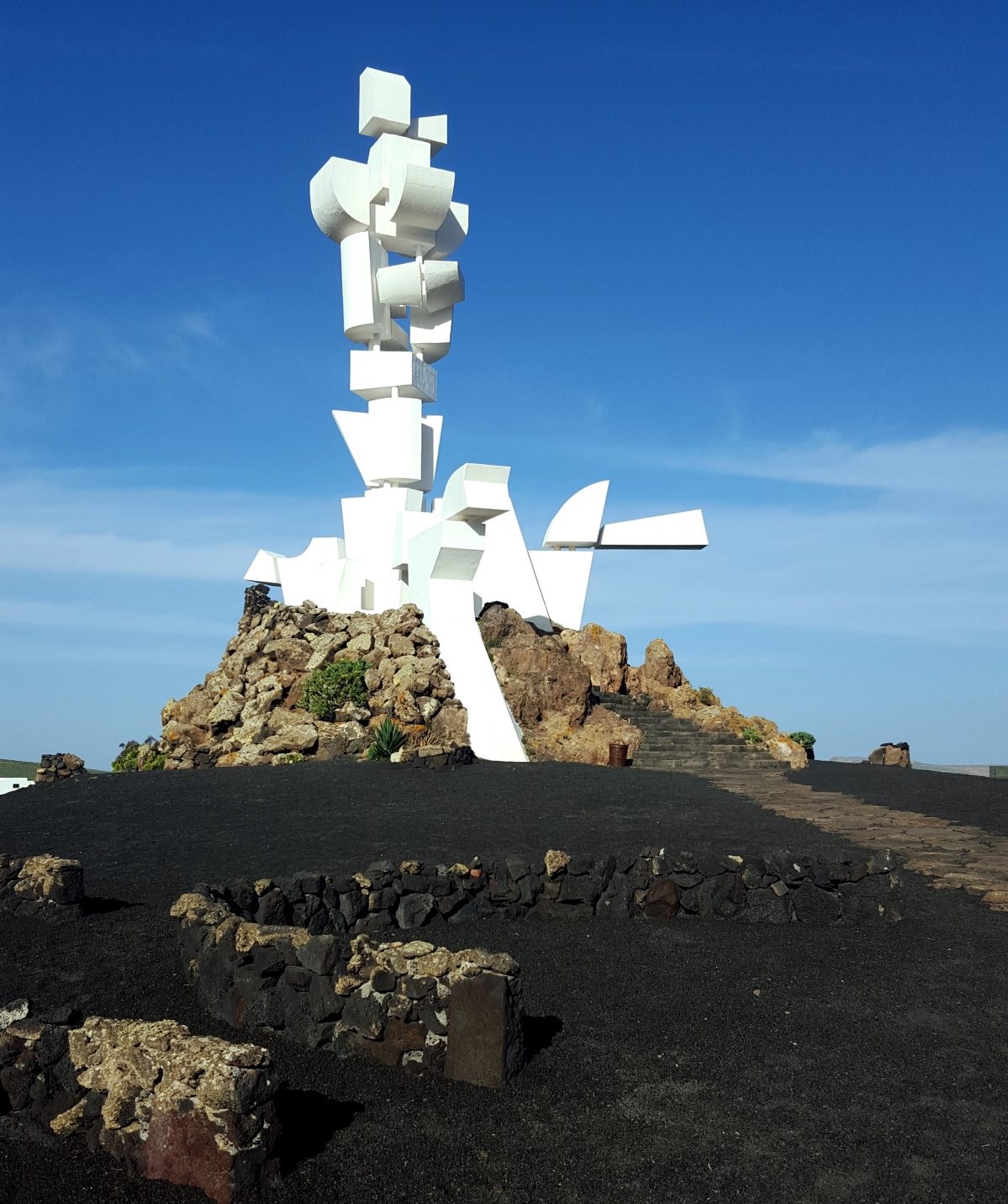
Lanzarote is the Canaries’ easternmost island and is sometimes called the “Island of 100 Volcanoes.” Be humbled by Mother Nature’s destructive power on a tour of Timanfaya National Park.
This region suffered a series of devastating eruptions in the 1700s and has remained largely unchanged ever since.
El Diablo

Standing guard at the park’s entryway is El Diablo, the Devil, an image designed by Lanzarote’s most famous son, César Manrique.
Manrique’s artistic vision was to seamlessly integrate art, local traditions, and the natural elements and almost everywhere you go on this island you’ll see his influence.
Jameos del Agua

Descend a spiral stone staircase into Jameos del Agua, a natural cave transformed by Manrique into a magical amphitheater and performance space.
The Cueva de Los Verdes
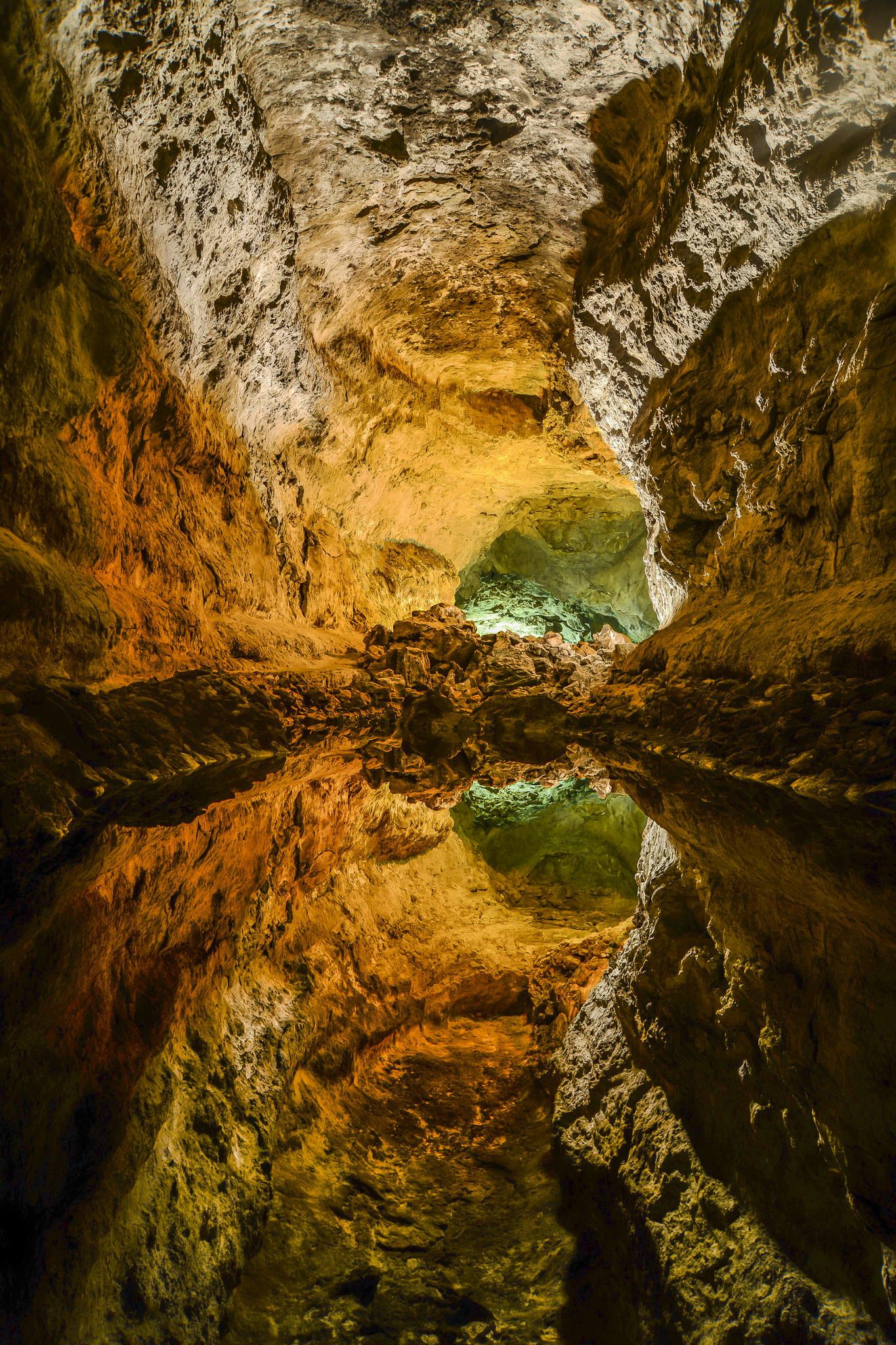
Just a short journey away you can hire a guide and venture even deeper into the earth at the Cueva de Los Verdes, the green caves.
Playa Blanca and Papagayo Beach
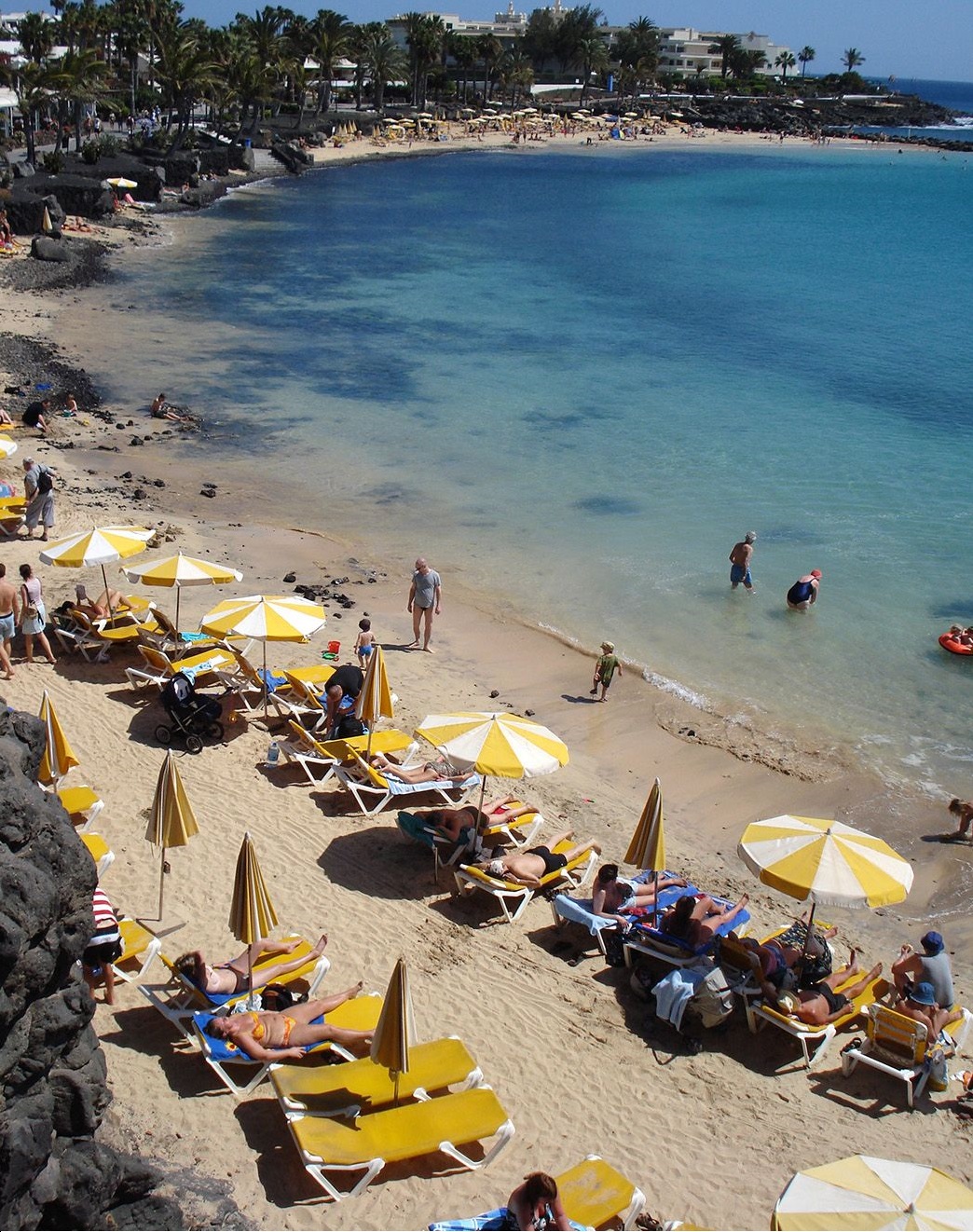
Just like the other Canaries, Lanzarote is blessed with many different beaches. Relax under the sun at Playa Blanca at the south of the island or stroll to Papagayo Beach.
Punta Mujeres
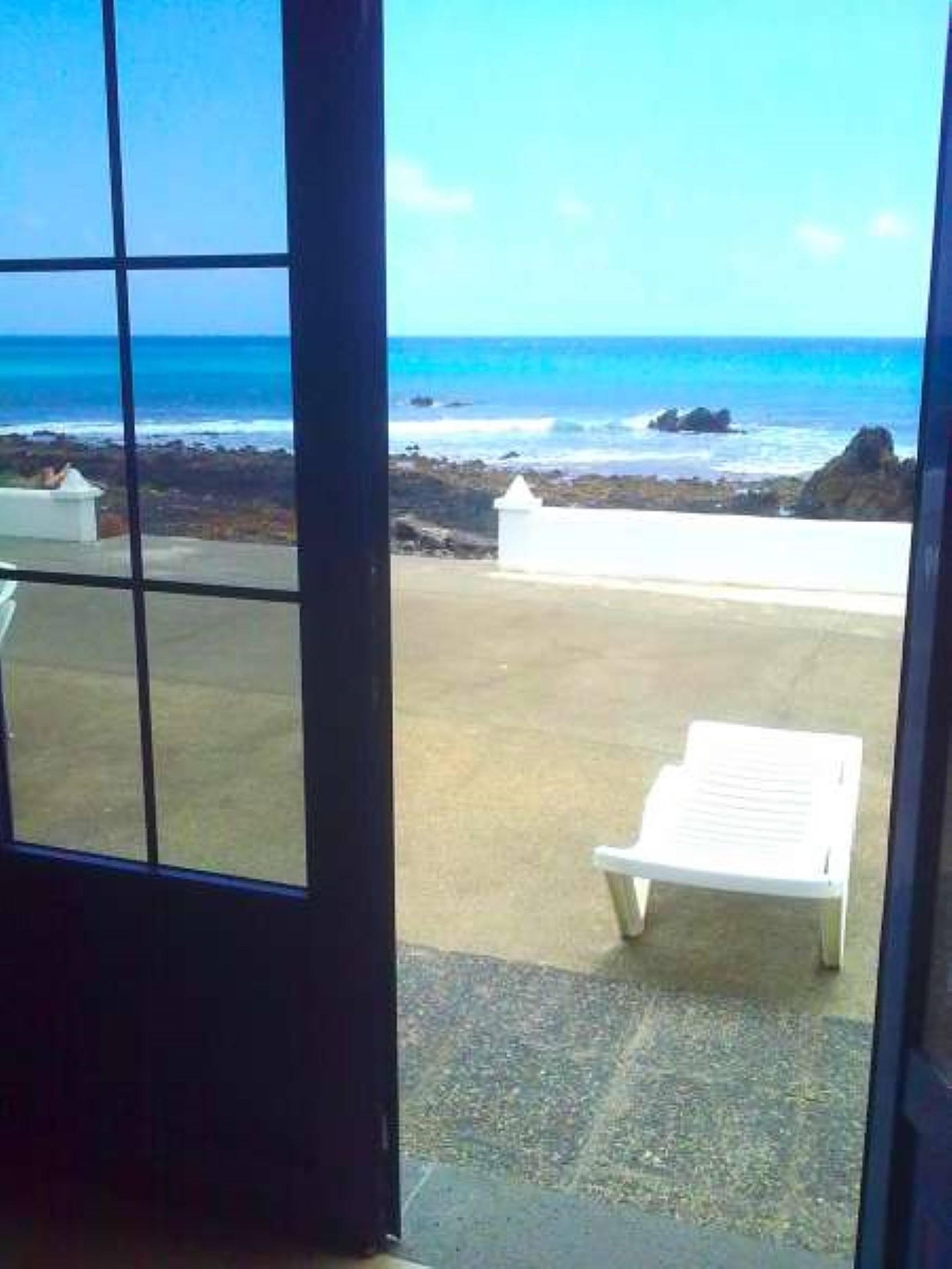
The tidal rock pools at Punta Mujeres are the perfect place to cool off or rent some snorkeling gear and discover the island’s underwater wonders.
Puerto del Carmen
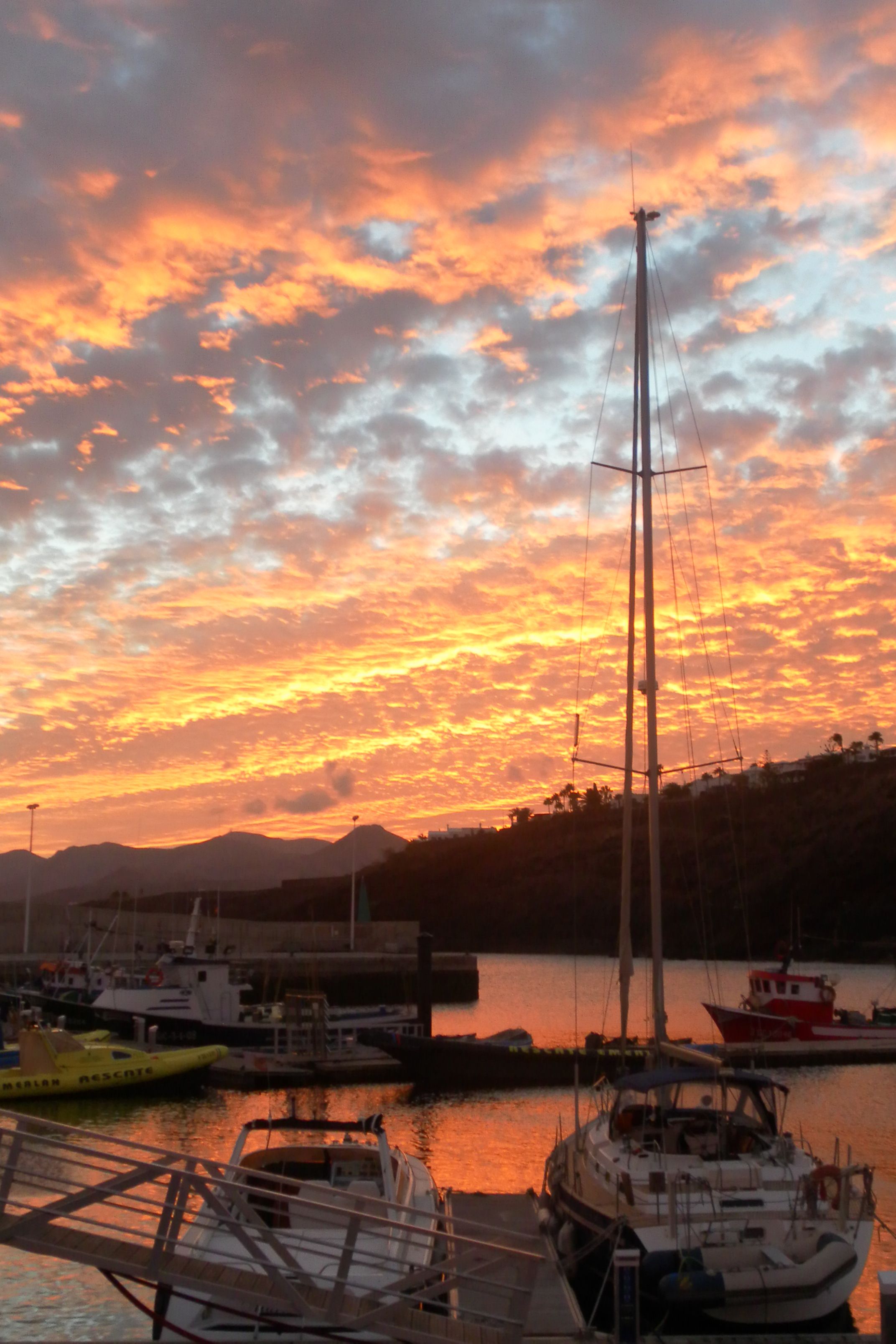
Lanzarote’s busiest town is Puerto del Carmen and is a great place to enjoy the Canary Islands’ incredible sunsets.
Conclusion
No matter which of these magnificent islands you choose, as the sun’s molten rays merge the ocean with the earth, you’ll realize this is a place where Mother Nature and history collide.
The mythical city of Atlantis may be a story, lost in the mists of time, but the Canary Islands are only a plane ride away. Whether you are searching for dramatic adventures or a sun-soaked vacation, this archipelago is alive with powerful magic all its own.
